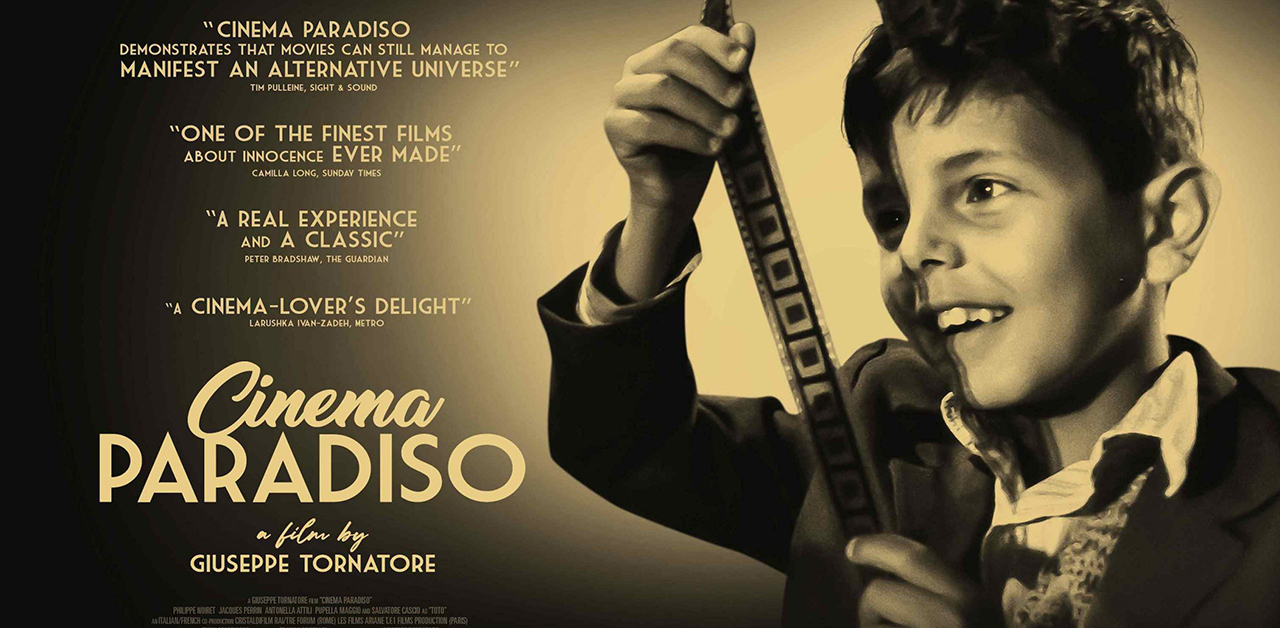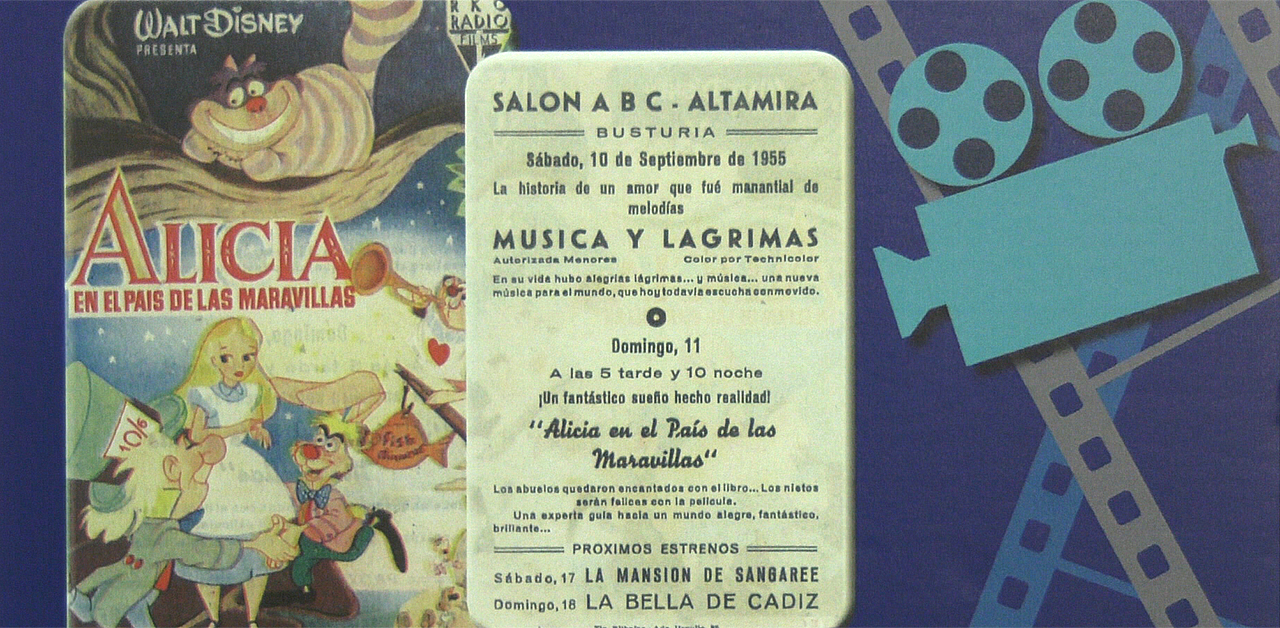Basque ethnography at a glance
A long time has passed since the Lumière brothers shot and screened La sortie des ouvriers des usines Lumière à Lyon Monplaisir, the first film in the history of the cinema. Filmmaking became known as the seventh art, and it has certainly become a leading artistic activity and a form of narration and entertainment for the public on a par with other arts.
In the past, particularly in small towns, film going started around the parish. There were local secular clergy and monks/nuns that ran schools and whose work included teaching catechesis. Other activities were also organised and included parish or school cinema, setting up mountaineering groups and trips to the countryside.
One of the members of the clergy would often be a film buff and films would be shown in one of areas used for leisure purposes, often the same place where the catechesis was taught. Initially, children’s films were shown: The Adventures of Rin-Tin-Tin, Francis the Taking Mule, the Adventures of Tarzan…
Well-off families bought small projectors and enjoyed the privilege of enjoying short home sessions, often showing films shot by the parents or other relatives or friends.
Over time, television sets began to appear in the parish rooms so that the children and adolescents could gather and enjoy the few children’s programmes broadcast on Sunday and bank holidays in the evening, during the school year and particularly when it was too cold or wet for outdoor sports.
A religious or secular missionary would sometimes visit the town to create awareness in the adolescents of the needs of the so-called third world, particularly Black Africa. They would give talks along with short films or slide shows to illustrate the contents.
The parish rooms were later used for parties when young people of both sexes could meet and socialise.
Over the years, those rooms began to compete with commercial cinemas. The former soon began to decline as the latter grew in popularity. The commercial cinemas had sessions with different times and the first screening on bank holidays was for children, a custom that continues today.
The Church had an iron grip over what was or was not suitable for young and old to watch in the past. The censors rated the films and the moral ratings were displayed on the doors of the churches as follows, 1, were films suitable for the general public; 2, those suitable for young people; 3, those recommended for over 21; 3R, over 21 with reservations, and 4, seriously dangerous.
There was a time when some parishes also screened films commercially and films rated 3R or 4 were never shown in their cinemas.
Be that as it may, the cinema has been and continues to be an art and entertainment for many people, despite the many other media outlets existing today. As one of the characters of the marvellous film Cinema Paradiso says: “Life is not like in the movies, it is much harder; whatever you end up doing, love it”.
Segundo Oar-Arteta – Labayru Fundazioa



